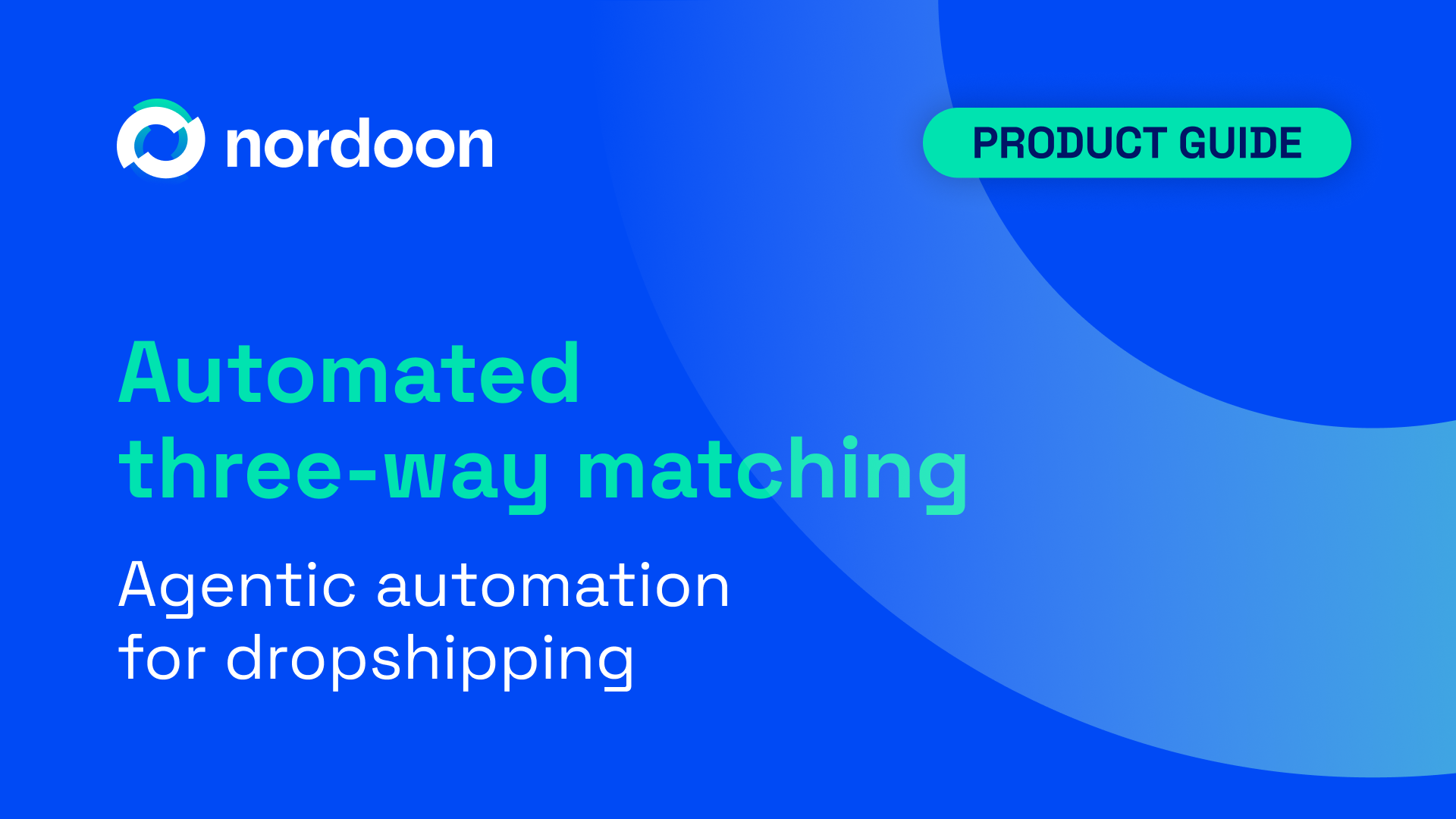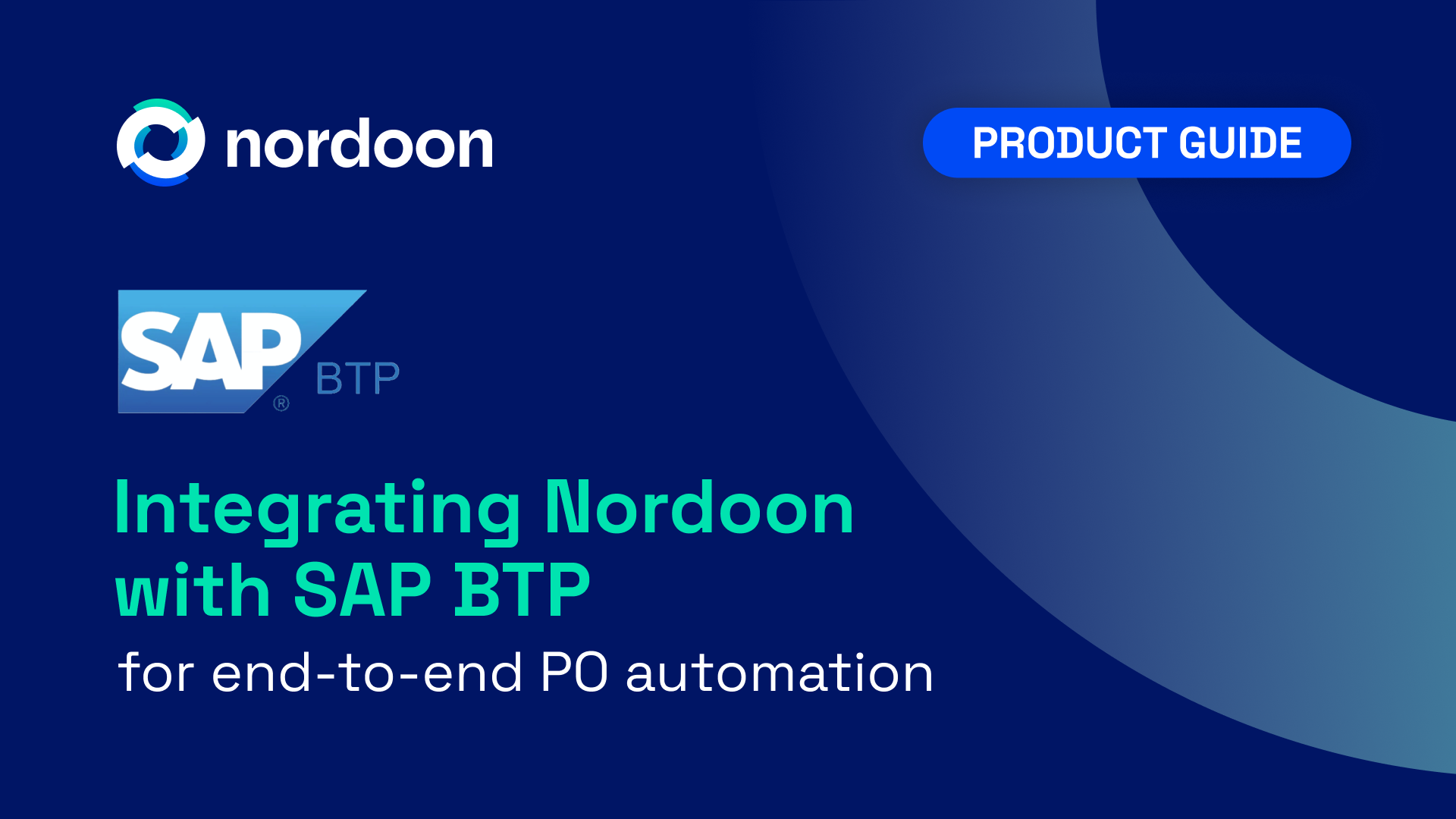Your AI doesn't need to get smarter, it needs to remember
Everyone talks about “model performance.” Few talk about context. Yet, MIT’s “State of AI in Business 2025” report found that context, not algorithms, separates the 5% of companies seeing transformation from the 95% still stuck in pilots.









